When a customer purchases PaaS for SaaS, they are provisioned with an APEX Schema-as-a-Service instance and Java Cloud Service (JCS) instance matched to each of their ERP Cloud environments. APEX holds the data model, and JCS is used to build applications.
That's the theory. In practice, there is a choice as to whether Java Cloud Service is used. If you have strong ADF and Java skills available in your organization then it may make sense to build the applications and screens using JCS. However, data would still be stored in APEX database tables, and APEX functionality would be used for scheduling background jobs.
A strong alternative is to consolidate all development in Oracle APEX, including the applications, forms, web service calls and scheduling. This eliminates the need for JCS - in fact you can extend ERP Cloud with any cloud APEX instance on its own, eg. Exadata Express. A significant plus is that you avoid any patching downtime for JCS - in a production system this is important.
The Page Integration functionality allows us to the embed custom APEX pages within ERP Cloud. Pages can be referenced from an icon on the Springboard or via the Navigator menu. To an end user this is seamless - it appears as if they are still within the application suite. The result looks something like this:
Page security is managed by a JSON Web Token (JWT) passed to the APEX page along with the user details - so there is no need to manage an additional set of user passwords. The JWT token is then validated by the page to prevent unauthorized data access. For more information on how this is implemented, read our prior blog here: oracle-cloud-erp-and-apex-paas-mashup.html
So how could your organization use one of these embedded pages and put this into practice? Here's a few ideas:
Oracle provides various methods of integrating data into ERP Cloud - including two spreadsheet-based tools, ADFDi and File Based Data Import (FBDi). Oracle recommends using FBDi for larger volumes of data and so this is commonly used for interfaces such as Journal Import to GL, Bank Statements to Cash Management or Cost Transactions to PPM.
The FBDi upload process typically involves three steps - transferring a zip file into UCM using File Import and Export, submitting the ESS job Load Interface File for Import to stage the transactions and finally running an import program such as Journal Import to complete the process.
An APEX page can be used to streamline the process for an end-user - they can upload the CSV file from their computer and the page will zip it and co-ordinate the transfer and import processes.
Project Team Management
The PPM Project Parties screen can be unwieldy when projects have many team members, and assigning or end-dating multiple team members can take some time. As PPM provides a REST API to automate this task, an embedded APEX page can be used to make this task quicker using a simple shuttle.
In the example below, a Shuttle is used to select employees for assignment as Project Administrators. When the Submit button is pressed, APEX calls the REST API to apply the changes.
Role and Privilege Analysis
Oracle provides an extract of all the user, roles and privileges through the User and Role Security Report. This generates a large set of files that can be analyzed in detail to see who has access to the various duties and privileges within ERP Cloud. This can help answer audit questions such as:
- Which users have access to Functional Setup Manager?
- Which roles provide access to the File Import and Export screens?
The report data can be extracted on demand to Oracle APEX and data analyzed using a simple UI. In the example below, the page is being used to identify users who can maintain suppliers and enter invoices.
Salesforce Opportunities
APEX can call external web services so why not use this feature to display data from your other cloud applications? In the example below, Sales Opportunities are synchronized to Exadata Express and displayed to the end-user within ERP Cloud.
Summary
Hopefully these examples have given you a few ideas about how you could get even more out of your investment in ERP Cloud.
JMJ has designed and installed multiple APEX PaaS extensions, so please get in touch if you're interested in learning more.

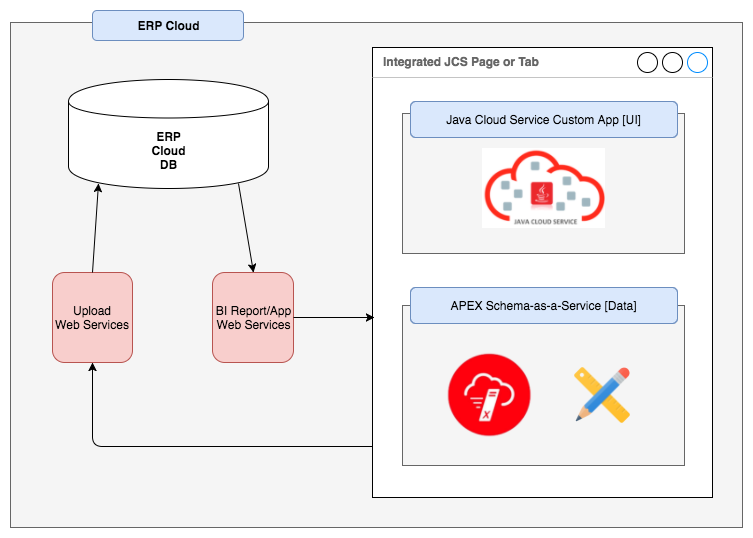
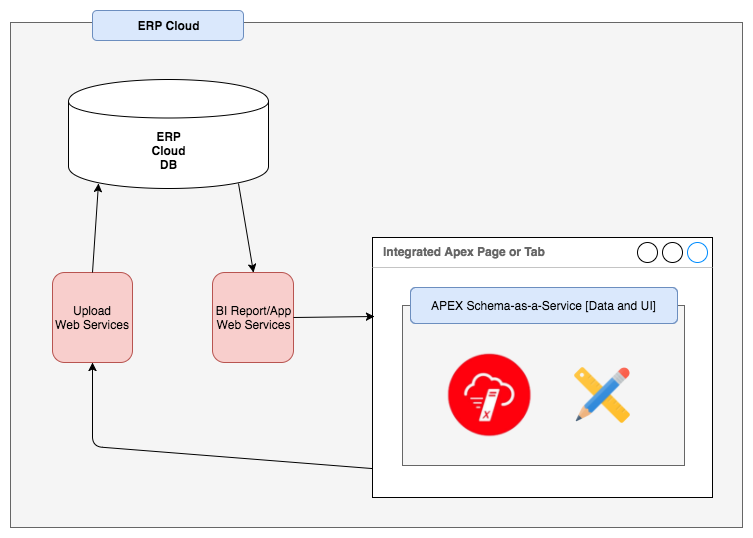

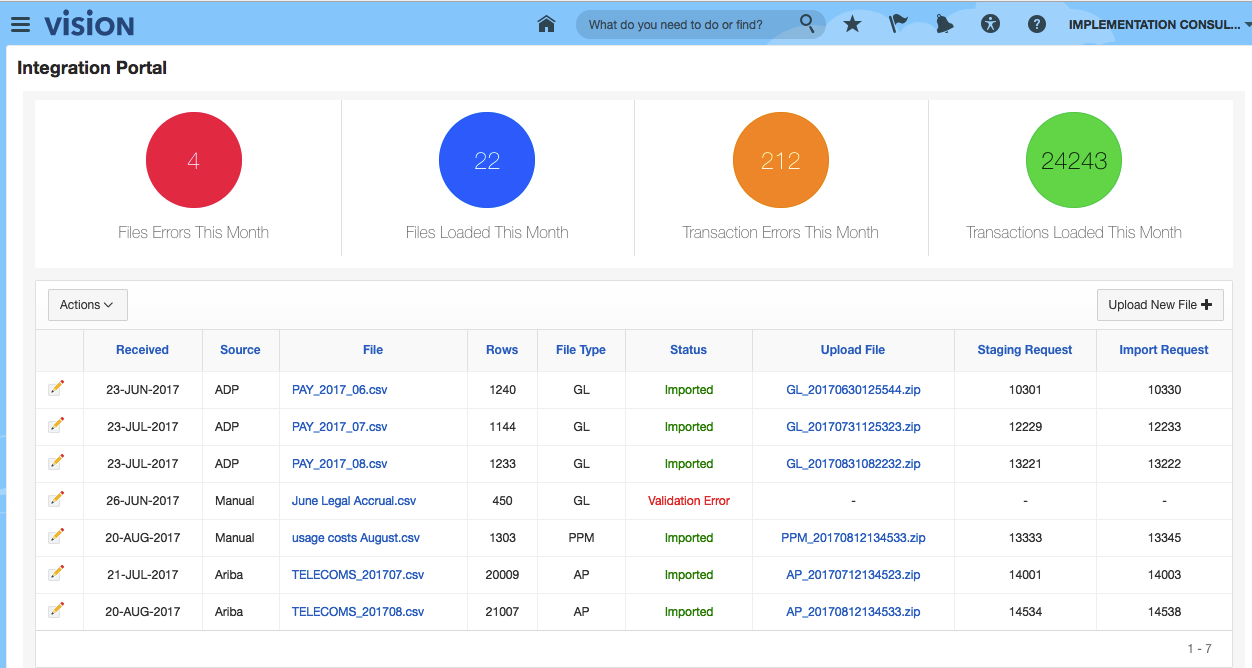
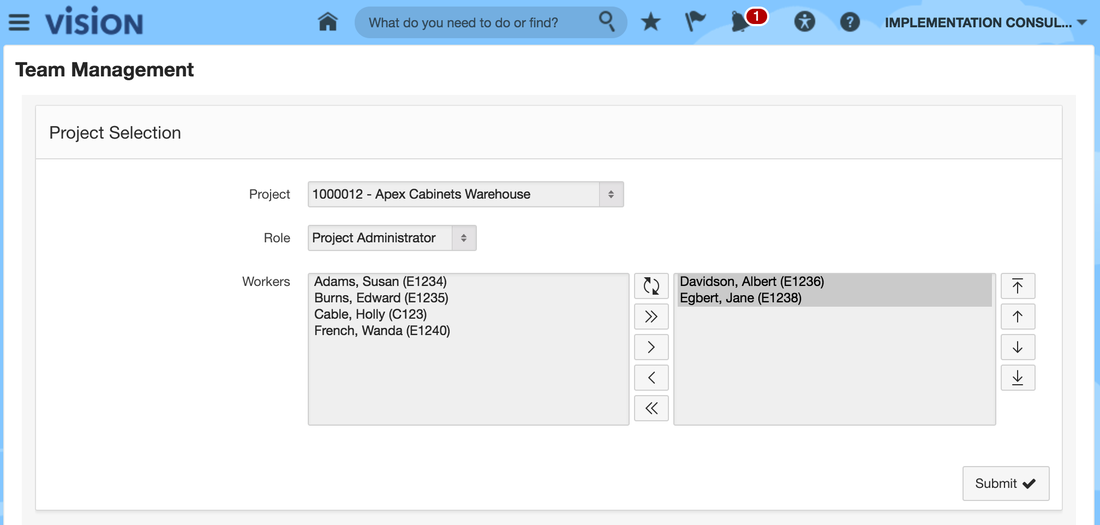
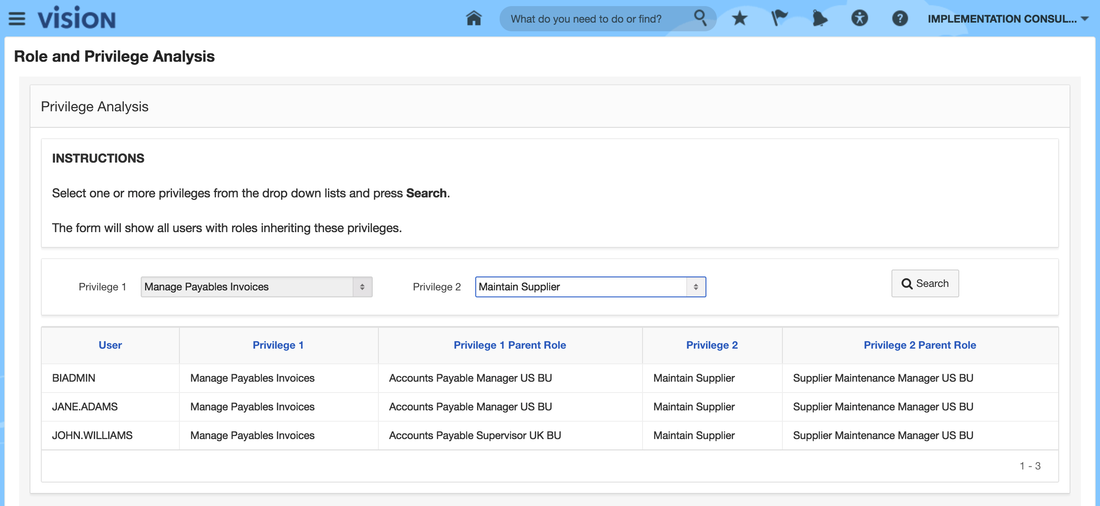
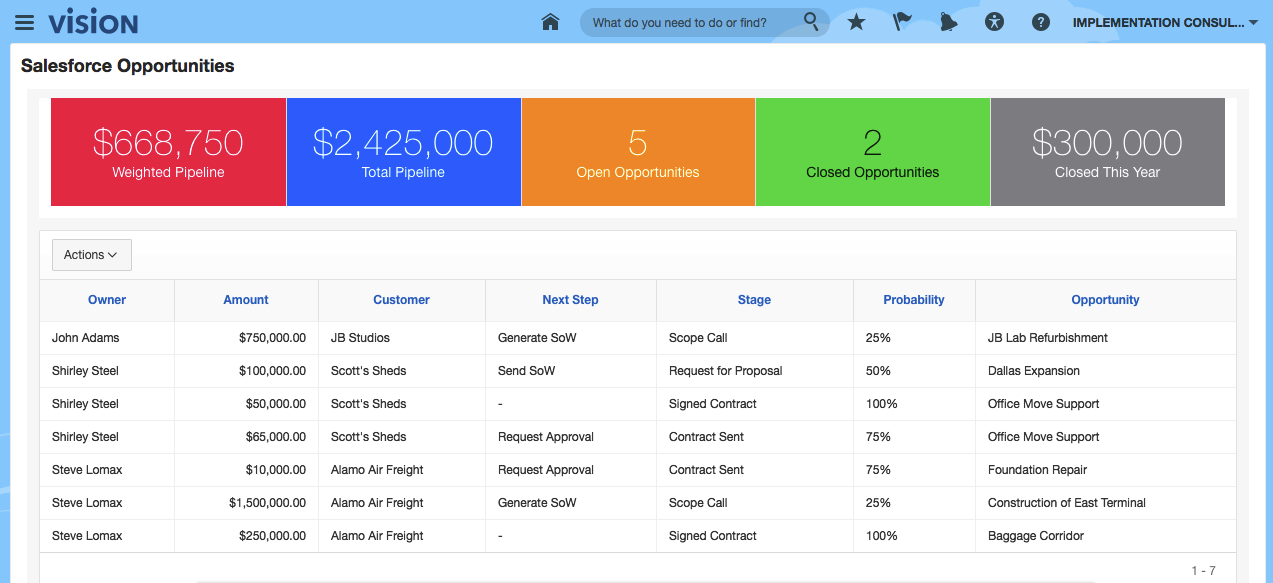
 RSS Feed
RSS Feed